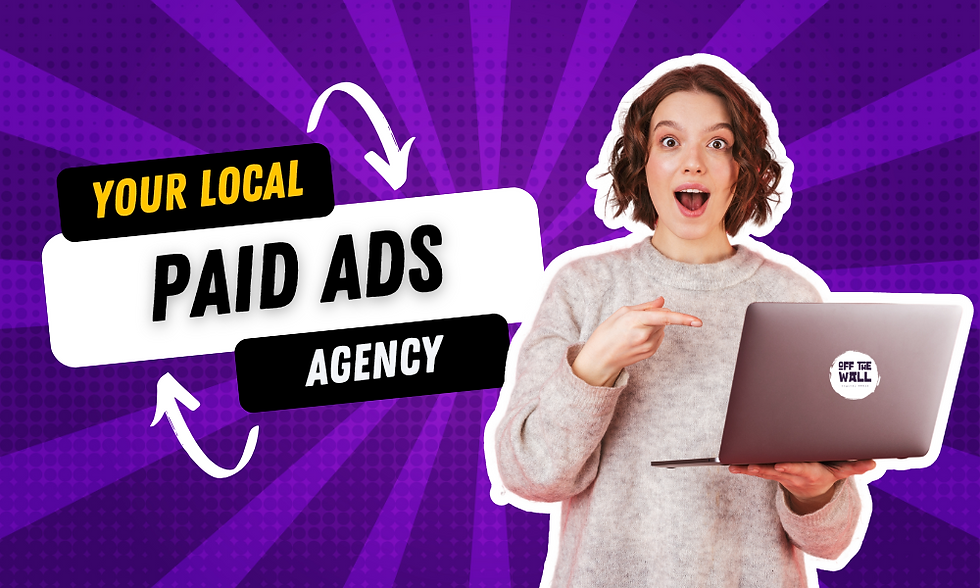Why Your Business Needs a Paid Ads Strategy (Not Just a Budget)
- Lucia
- Mar 22
- 2 min read

In the ever-evolving digital marketing landscape, businesses often make the mistake of assuming that simply setting a budget for paid ads will drive results. However, without a well-planned strategy, your ad spend can quickly go to waste. A clear and focused paid ads strategy ensures that your marketing efforts generate real returns, rather than just clicks and impressions.
The Problem with a Budget-Only Approach
Many businesses allocate funds for Google Ads, Facebook Ads, or LinkedIn Ads without a solid plan in place. This approach leads to common pitfalls such as:
Poor Audience Targeting: Without clear buyer personas, your ads might reach the wrong audience, resulting in low engagement and wasted spend.
Ineffective Messaging: Ads that lack compelling copy or a strong call to action (CTA) won’t convert, no matter how much you spend.
Lack of Optimisation: Running ads without testing different creatives, adjusting bids, or refining keywords means you’re not maximising performance.
Ignoring Data and Analytics: Without analysing key metrics like conversion rates, cost per acquisition (CPA), or return on ad spend (ROAS), businesses miss opportunities to improve performance.
What a Paid Ads Strategy Should Include
To make the most of your advertising budget, you need a structured strategy that covers the following elements:
1. Define Your Goals
What do you want to achieve? Whether it’s lead generation, brand awareness, or e-commerce sales, your goals should shape your entire campaign.
2. Understand Your Audience
Knowing who your ideal customers are allows you to target them effectively. Utilise data from your website, social media, and previous campaigns to refine your targeting.
3. Choose the Right Platforms
Different platforms serve different purposes:
Google Ads for search intent-driven traffic.
Facebook & Instagram Ads for brand awareness and retargeting.
LinkedIn Ads for B2B lead generation.
TikTok & YouTube Ads for video-driven engagement.
4. Create High-Converting Ads
Craft compelling ad copy and engaging visuals that resonate with your audience. A/B testing different versions can help determine what works best.
5. Optimise Continuously
Regular monitoring and tweaking of campaigns are essential. Look at what’s working and adjust bids, targeting, and creative elements accordingly.
6. Track and Measure Results
Use tools like Google Analytics, Facebook Pixel, or LinkedIn Insights to measure performance. Key metrics include:
Click-through rate (CTR)
Conversion rate
Cost per lead (CPL)
Return on ad spend (ROAS)
Final Thoughts
A well-planned paid ads strategy is the difference between money well spent and money wasted. By setting clear goals, understanding your audience, and continuously optimising, you can ensure your advertising budget delivers tangible results.
Are you ready to take your paid ads strategy to the next level? Get in touch with Off The Wall Digital Marketing today to start maximising your ROI.




Comments